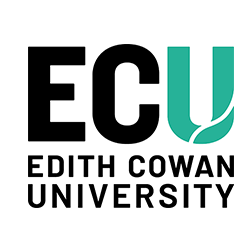NeuroAtlas: An artificial intelligence-based framework for annotation, segmentation and registration of large scale biomedical imaging data
Author Identifier (ORCID)
Syed Mohammed Shamsul Islam: https://orcid.org/0000-0002-3200-2903
Abstract
With increasing neuroimaging modalities and data diversity, mapping brain regions to a standard atlas template has become a challenging problem. Machine learning in general and deep learning, in particular, have been providing robust solutions for several neuroimaging tasks, including brain image registration and segmentation. However, these methods require a large amount of data for ground-truth labels, annotated by human experts, which is time-consuming. In this work, we introduce NeuroAtlas, an AI-based framework for atlas generation and brain region segmentation. We showcase an end-to-end solution for brain registration and segmentation by providing i) a deep learning modeling suite with a variety of high-performing model architectures to map a brain atlas onto the input brain section and ii) a Graphical User Interface (GUI)-based plugin for large-scale data annotation with a feature of modifying the predicted labels for active learning. We demonstrate a robust performance of our framework on the human brains, captured through various imaging modalities and age groups, and demonstrate its application for mouse brains as well. NeuroAtlas is open-sourced and entirely compatible with both local as well as cloud-based computing so that users can easily adapt to their neuroimaging custom datasets.
Document Type
Conference Proceeding
Date of Publication
1-1-2024
Publication Title
Proceedings - 2024 25th International Conference on Digital Image Computing: Techniques and Applications, DICTA 2024
Publisher
IEEE
School
School of Science
Copyright
subscription content
First Page
321
Last Page
327


Comments
Mahmood, H., Nawar, F., Islam, S. M. S., & Iqbal, A. (2024, November). NeuroAtlas: An artificial intelligence-based framework for annotation, segmentation and registration of large scale biomedical imaging data. In 2024 International Conference on Digital Image Computing: Techniques and Applications (DICTA) (pp. 321-327). IEEE. https://doi.org/10.1109/DICTA63115.2024.00055